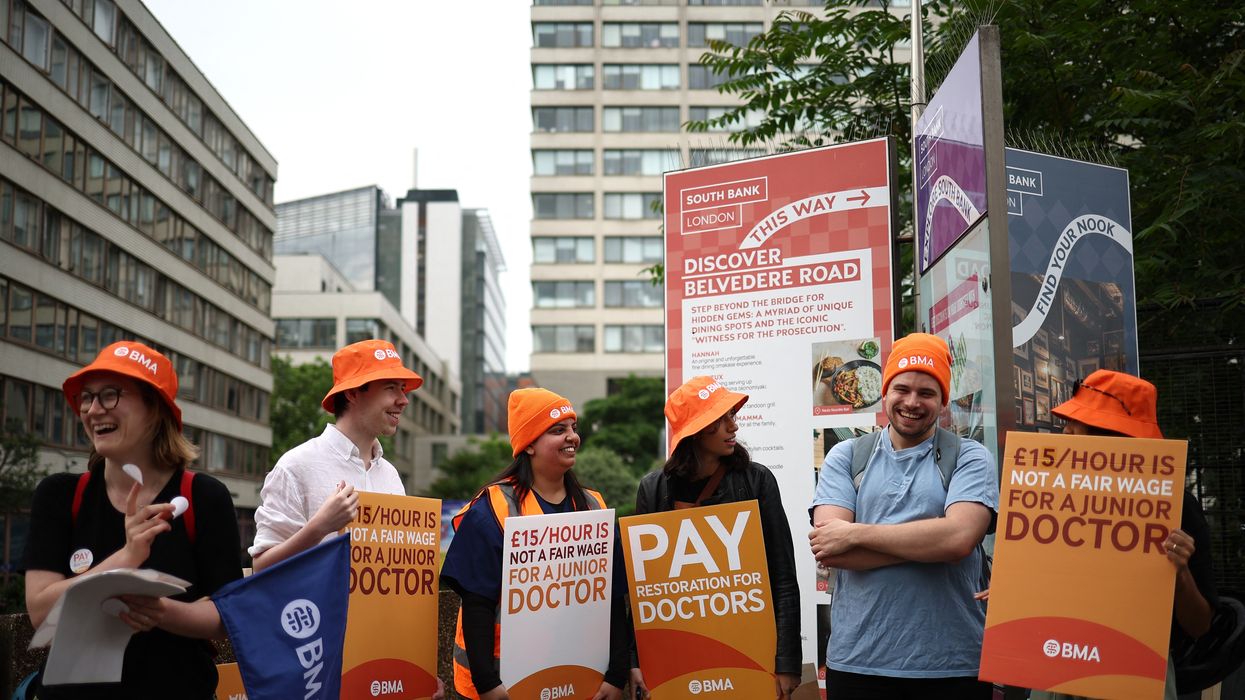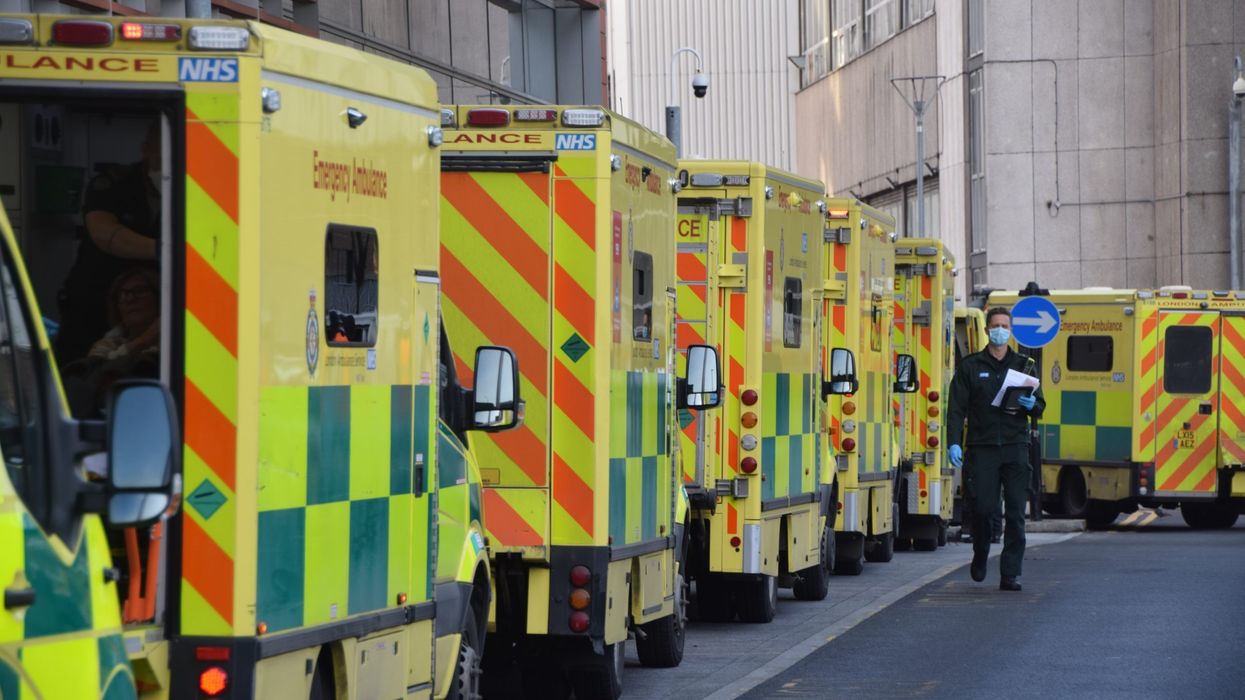Key Summary
- BMA said 55 percent of its 48,000 resident doctor members participated in the ballot with 90 percent supporting industrial action
- The union has not yet set any strike dates, and leaders have expressed willingness to hold fresh talks with the government
- The doctors were awarded a 5.4 percent pay rise for this financial year, and this follows an earlier rise of 22 percent
- The BMA claims the wages are still lower in real terms than in 2008 and are demanding "pay restoration"
Resident doctors in England have once again voted in favour of strike action over a pay dispute.
The British Medical Association (BMA) said 55 percent of its 48,000 resident doctor members voted in the ballot with 90 percent supporting industrial action.
The union has not yet set any strike dates, and leaders have expressed willingness to seek fresh talks with the government.
The union now has a mandate for possible industrial action for six months, up to January 2026.
The doctors, previously known as junior doctors, were awarded a 5.4 percent pay rise for this financial year, and this follows an earlier rise of 22 percent.
But the BMA claims the wages are still around 20 percent lower in real terms than in 2008 and are demanding "pay restoration".
The government has expressed its disappointment over BMA's move to threaten industrial action.
It has said it will not reopen negotiations as they have recently provided generous pay hikes.
Health secretary Wes Streeting has expressed concern and said the NHS cannot afford another round of strikes and cancellation of appointments.
Junior doctors took 44 days of industrial action between March 2023 and July last year, causing the cancellation of 1.5 million appointments and operations.
Shortly after taking office, Streeting had awarded them a 22 percent pay rise, followed by an additional 5.4 percent this year.
The latest BMA ballot turnout of 55 percent is lower than the previous ballot (78 percent).












